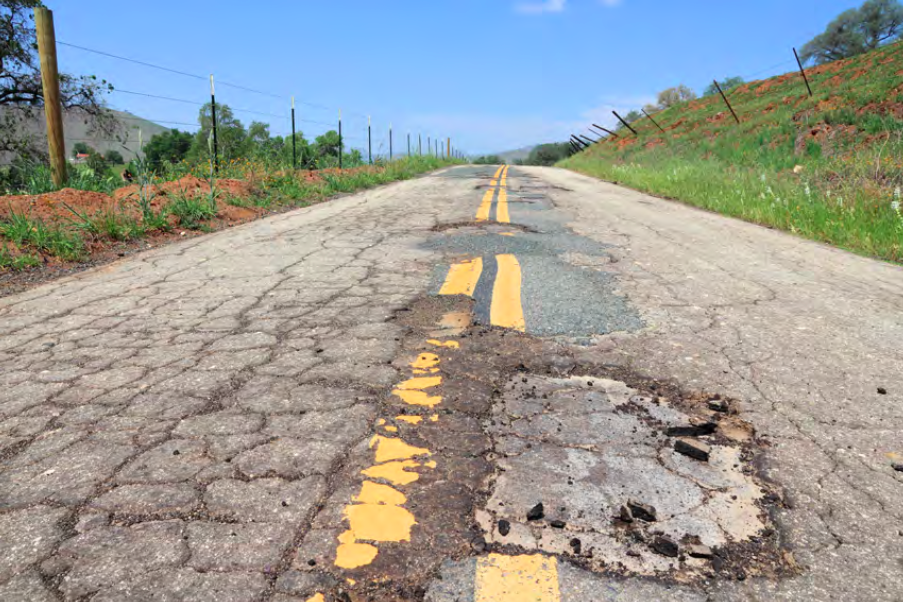Every $1 of sustained infrastructure investment could generate as much as a $3 return to the economy by 2030.
If you time-traveled back to the early 20th century, or even just 60 years ago, nearly all the roads, bridges, subways, water systems, air traffic control systems, and the electric grid would look familiar – despite the tremendous technological advances and massive population growth demands since then. It shows. Some are collapsing and many are falling into severe disrepair, especially since they were not built for the intensity of modern day use. This is why the American Society of Civil Engineers Infrastructure Report Card gives the United States an overall grade of D+.

Many of the Nation’s water pipes and mains are 100 years old. Our interstate highway system celebrated its 60th birthday last year, and the basic design of the Nation’s air traffic control system hasn’t changed significantly in a half century. Think about all that’s changed since then: the U.S. population grew from about 172 million in 1957 to 325 million people, computers, cell phones, satellites, the expansion of automobile use, and the Internet.
Our outdated, deteriorating infrastructure – that underpins the American economy and standard of living – costs our economy billions of dollars in lost productivity, lost revenue, lost sales, higher insurance costs, and higher consumer costs. For example, failure to upgrade the Nation’s electric generation, transmission, and distribution systems could cost households and businesses more than $1 trillion in lost GDP by 2040.

